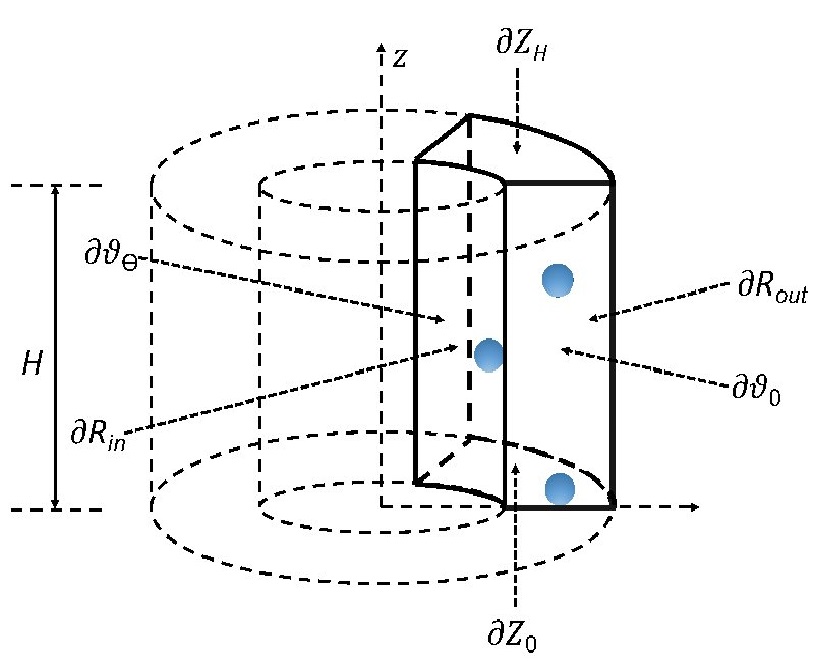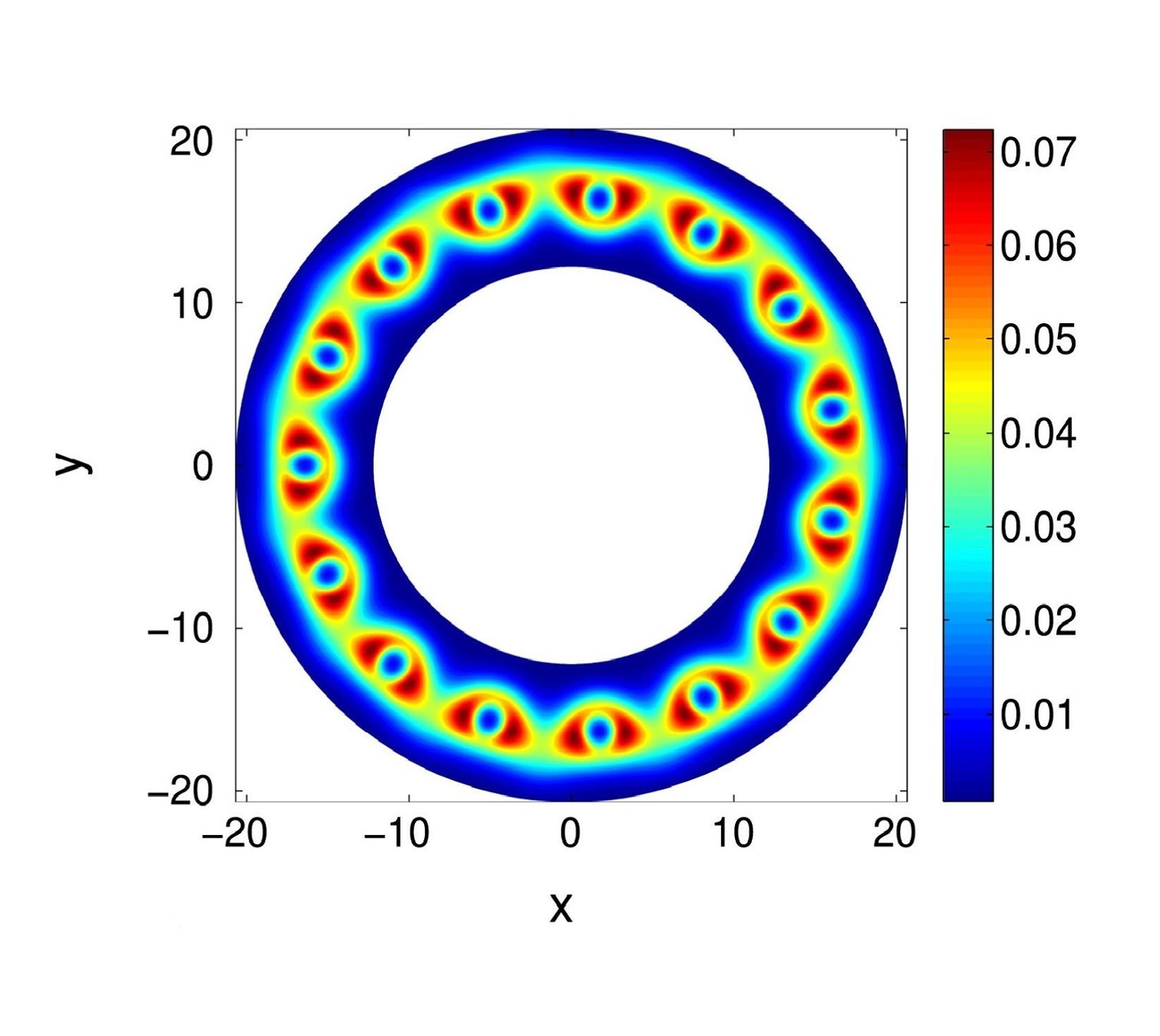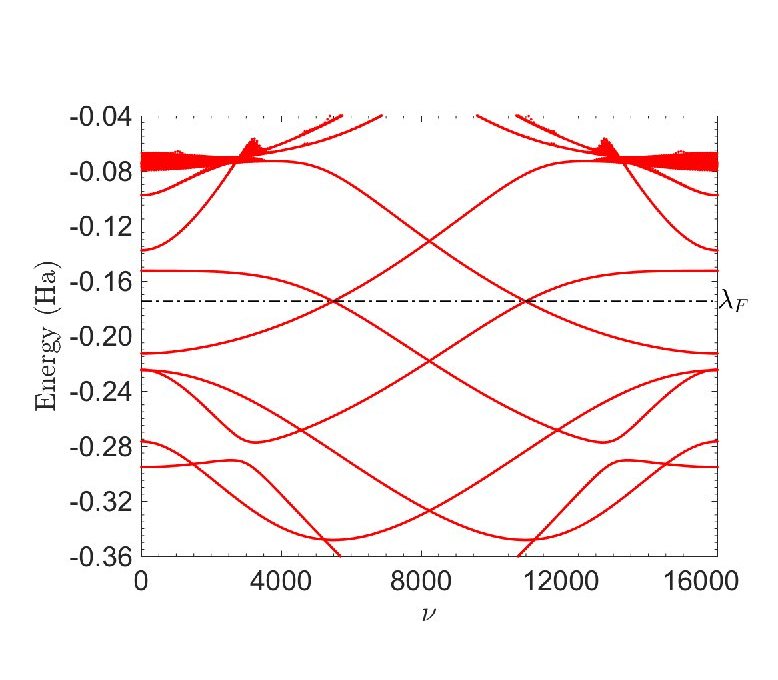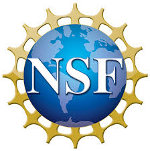Ab-initio framework for systems with non-traditional symmetries
Nanostructures have tremendous number of applications, including energy harvesting, efficient power transmission, curing terminal diseases, and design of materials with high specific strength. Therefore, the development of techniques that enable the systematic design and discovery of novel nanostructures with tailored properties is of tremendous interest. Unfortunately, current experimental approaches are generally time consuming, expensive and typically rely on empirical insight. Further, accurate computational techniques like DFT are unable to characterize complex nanostructures and systematically traverse the enormous configurational space because of their large computational expense. This is mainly a consequence of their inability to exploit non-traditional symmetries that are typically present in nanostructures displaying exotic and novel properties. In order to overcome this, in the framework provided by SPARC, we are currently developing a novel DFT framework that is compatible with all the symmetry groups, which will not only provide tremendous simplification in the characterization of nanostructures, but will also accelerate the design of new nanostructures by allowing the use of symmetry to parameterize the configurational space of nanostructures.
As first steps towards achieving this goal, we have developed Cyclic DFT [Cyclic I, Cyclic II] and Helical DFT in the framework provided by the SPARC formulation, which can exploit the cyclic and helical symmetries present in the system to tremendously reduce the computational cost. Since uniform bending deformations can be associated with cyclic symmetry and uniform torsional deformations can be associated with helical symmetry, Cyclic and Helical DFT provide an elegant route to the ab-initio study of bending and torsion in nanostructures. Ab-initio simulations of this nature are unprecedented and well outside the scope of any other systematic first principles method in existence. For example, Cyclic DFT was recently employed to study the properties of a 2 micron sized nanostructure, which is two orders of magnitude larger than state-of-the-art. Cyclic and Helical DFT are currently being used to study the interaction of mechanical deformations with electric and magnetic fields in nanostructures.





